“Who cares?”
This is one of the most common criticisms of people who overshare online. “Who cares that she’s having coffee?” or “Who cares that he’s out with his friends?”
In mainstream culture, sharing daily life is frowned upon. It’s seen as tacky, needy, even pathological — a compensation for what one supposedly lacks offline.
Meanwhile, we wring our hands about the mental-health crisis fueled by social media. We blame the endless parade of perfect lives: curated vacations, filtered faces, manufactured happiness. We conclude that social media is a hoax, a pageant of polished lies.
But here’s the truth: these critiques describe mainstream culture, not the medium.
Because other cultures use social media differently.
Like the Roma.
Who cares? I do. We do.
From the mainstream perspective, the Roma take “oversharing” to a new level. Coffee selfies. Bench selfies. Balcony selfies. Photos with cousins, brothers, in-laws. Selfies at bus stops and on buses. At work. At rest.
Moving metal for scrap.
At the restaurant.
At the crisis center.
In hospital beds.
In Roma feeds, life isn’t divided into moments worth posting. Life itself is worth posting.
Some pictures are stunning: radiant, cinematic, perfectly aligned with what a “normal” social media user would share.


Others, equally beautiful to fellow Roma, would never make it onto a mainstream timeline.
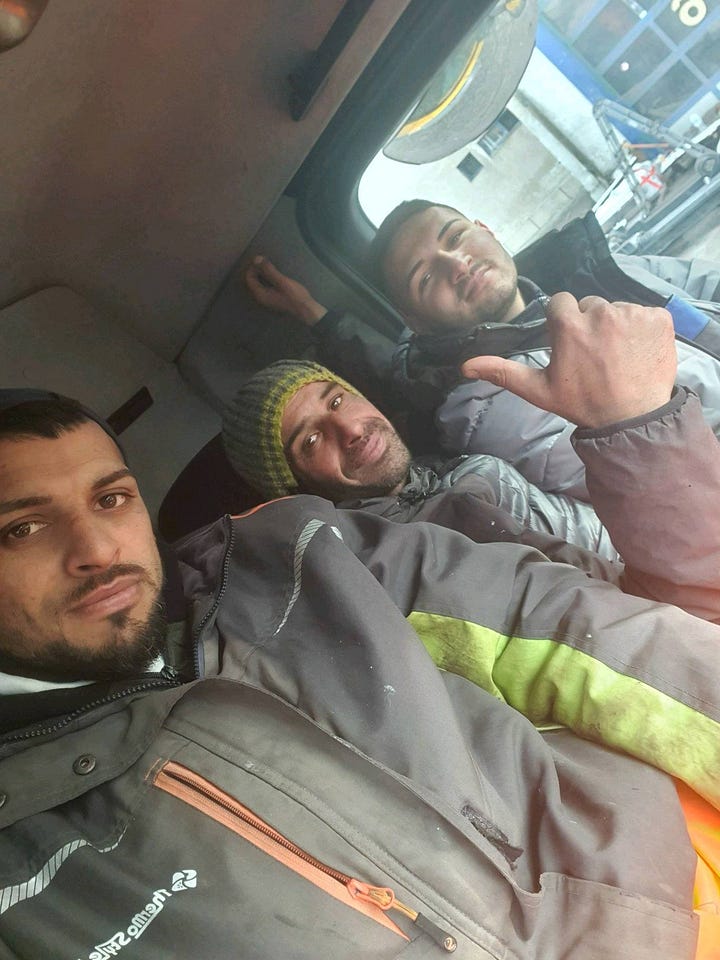
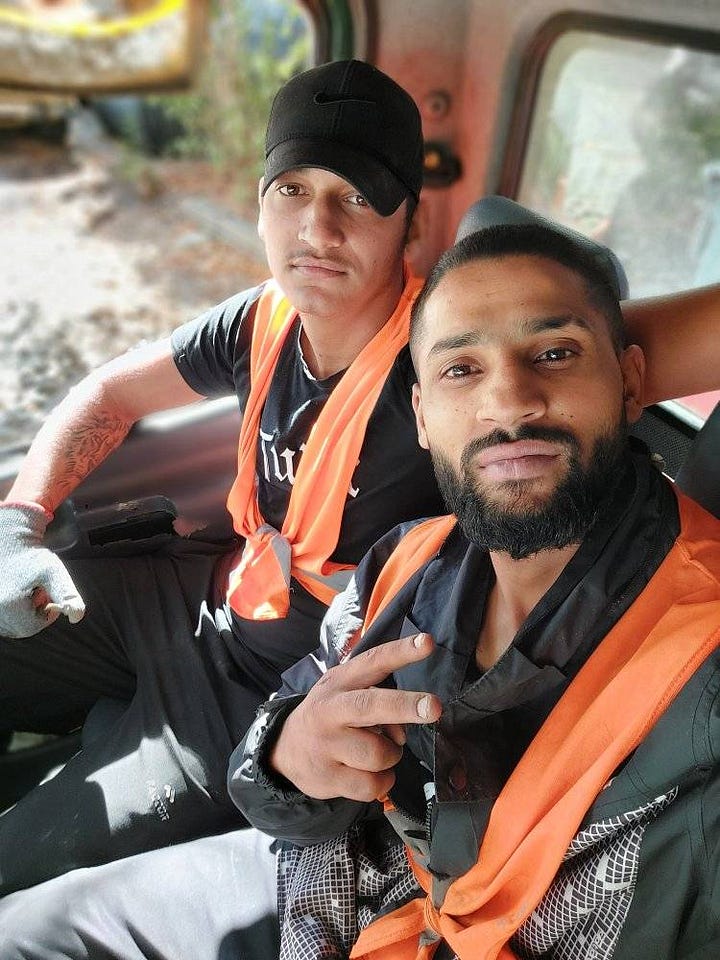

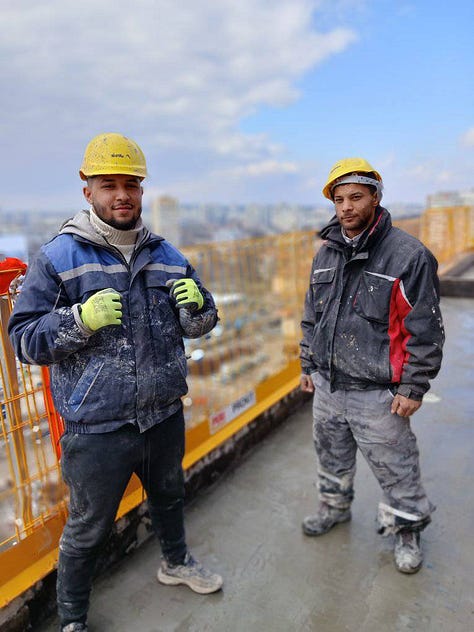
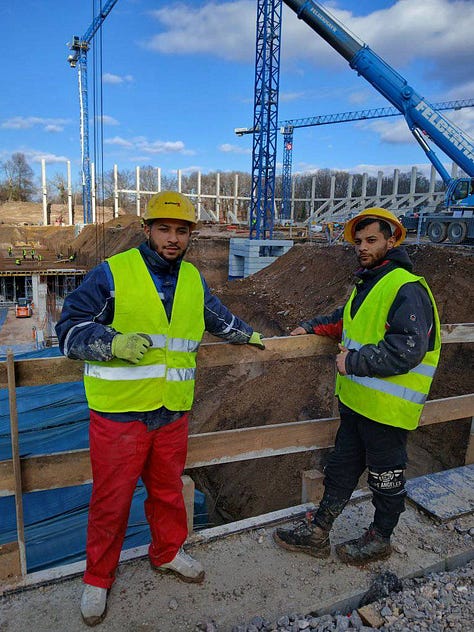

But here’s the key difference: In mainstream culture, we usually post when we want to impress. In Romani culture, we post when we want to connect.
And this is why the audience is different, too — and why the answer to “Who cares?” changes depending on who you ask.
In mainstream culture, the answer is obvious, implied even in the question itself. “No one. No one cares that you’re having coffee or enjoying a sunny autumn day.”
In Romani culture, the answer is “Everyone cares.”
To be fair, in mainstream culture, you likely do have a few people who genuinely care about your daily joys and small moments. Loved ones who like seeing you with a coffee in the sun. But the truth is, except for that small circle, most people are indifferent.
With the Roma, that circle isn’t small. It’s the whole tribe.
“I no longer can walk down the street to Sotir (nephew) and see how he’s doing,” Pepi explains. “I no longer run into him, ever since our houses were demolished. So when I see a post from him on Facebook, it feels as if I did run into him. And I learn he’s headed to work or to do some grocery shopping or he’s just hanging out in the sun and I can sit beside him for a minute.”
Social media, for the Roma, is like a village square. They don’t use it merely as a platform for grand announcements and theatrics. They use it as a tool to preserve the intimate sort of proximity that only exists in tight circles.
In the tribe, in the so-called ghetto before it was demolished, you’d run into everyone all the time. One person would be moving metal for scrap, another would be rocking a baby to sleep, another would have had a fight with their spouse and will vent to you about it, another will be excited about a new job prospect, another would have lost money gambling, and on and on it goes.
In the ghetto, everything matters, because everyone matters.
Social media is merely an extension of this.
In mainstream culture, posting can feel like shouting into a void and hoping someone hears you. Hence the criticism: “Who are they posting this for?”, with the implied answer being: “No one.”
The Roma never post into a void. They know exactly who is watching: their cousins, their siblings, their elders, their people.
And this is why they don’t share only happy moments. They share their pain, too.
The Joy Feed: Bragging as proof of life
The Roma post a lot of pictures that, through a mainstream lens, might look like bragging. The most obvious examples are photos with shiny new things: a gold chain, a gold ring, and most commonly — a brand-new sound system.
But the vast majority of “brag posts” aren’t about objects at all. They are about what Roma consider true wealth: family. Holding a baby or toddler. A selfie with a sibling, cousin, or parent. Countless photos with a boyfriend, girlfriend, or spouse. The most cherished of all: group photos showing the big clan together—unity, belonging, strength in numbers.
Even work photos, like the shot of a horse cart loaded with metal for scrap we shared above, are part of the same category. So is a quick selfie in between sweeping the streets. These pictures say: “I’m working. I’m earning. I am a person of dignity.”
But here’s the thing. These pictures are published with the purpose of showing, not showing off.
In other words, the message is not “Look at me, I am better than you.”
The message is, “Look at me, I am doing ok.”
Do you feel the difference?
“Every happy post says one thing to the tribe: “I am alright. Don’t worry about me,” Pepi explains. “If you show people you are working, you are happily in love, you are surrounded by family, you are relaxing and listening to music, you bought a gold bracelet—this signals that you are doing well, you are stable. Not in crisis. Not suffering.”
Gold jewelry, for Romani communities living in poverty, does not signal superiority or wealth. It signals stability and investment. A person with a gold chain is a person who has tied up their money in gold, and by pawning it later, will be able to secure food, clothes, and necessities for their family.
A photo with family doesn’t display status. It displays support, safety, and belonging.
A work selfie doesn’t boast about productivity. It says: “I provide. I stand on my feet.”
So when the Roma scroll and see these posts, they don’t roll their eyes.
They genuinely feel: “Good. He’s doing well.”




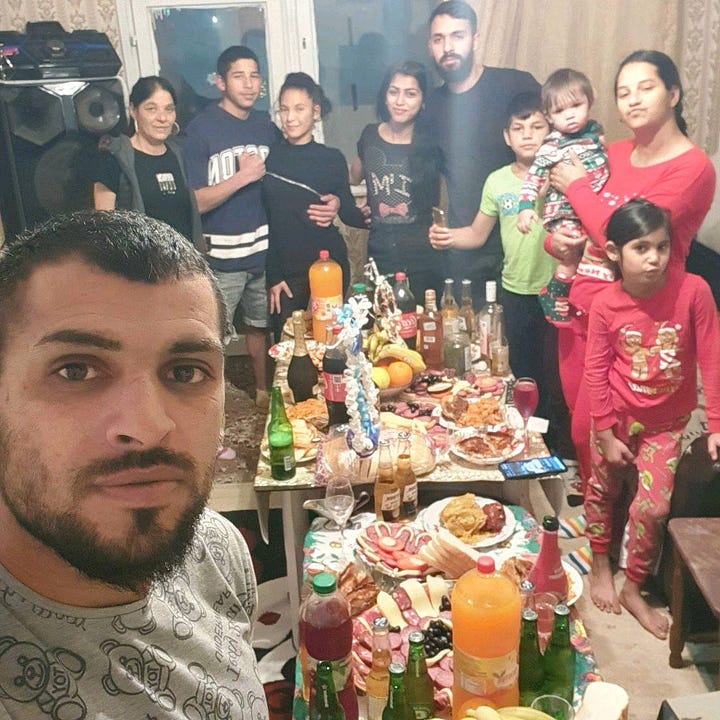

But what happens when you are not ok? When you are in crisis, or suffering?




